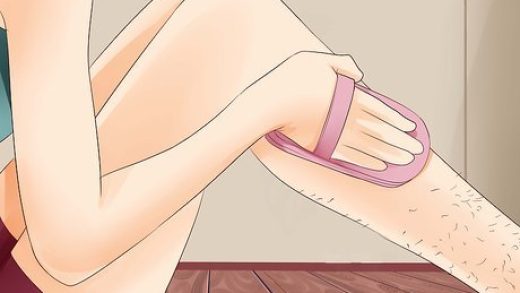Infertility is defined by the World Health Organization (WHO) as the inability to conceive after at least a year of frequent, unprotected sexual activity. Up to 15% of couples struggle with infertility; men make up a third of these cases. The percentage of infertile men varies, with Central and Eastern Europe and Africa having the greatest percentages.
Researchers in the current study talked about male infertility risk factors that are related to the workplace. Using pertinent search phrases, the researchers looked through studies from the last two decades that looked at physical risk factors for male (in)fertility. The physical elements that are already known to contribute to male infertility, such radiation and heat, as well as newly developing risk factors, like physical activity, stress, and desk jobs, were taken into account.
Male infertility was taken into consideration in observational studies that examined connections between exposure to physical agents and risk variables. The Patient Intervention Comparison Outcome Study (PICOS) methodology was used to evaluate the studies. Research on sex chromosome ratios or epidemiologic studies were not included.
During a literature search, the writers located 872 papers. After filtering for duplicates and unqualified studies, 80 studies were taken into consideration for full-text evaluation. After additional exclusion of 44 investigations, 36 publications remained for analysis. Compared to 3% in healthy individuals, the infertility rate among Saudi Arabian bakers exposed to a wet-bulb globe temperature (WBGT) of 37 °C was 22.7%. Similar to this, sperm characteristics like morphology, count, motility, and semen volume significantly varied between steel industry personnel exposed to a WBGT of 36 °C and those who were not. On the other hand, according to one study, the hyperthermic effect on semen quality was reversed after the heat exposure was stopped. The likelihood of conception rises with moderate physical exercise, fewer stress, and improved health.
Yet very strenuous exercise might harm fertility and lead to stress. In one study, both aerobic and non-aerobic isometric exercise elevated seminal cytokines and reactive oxygen species. Additionally, mountaineers have been found to have impaired semen.












